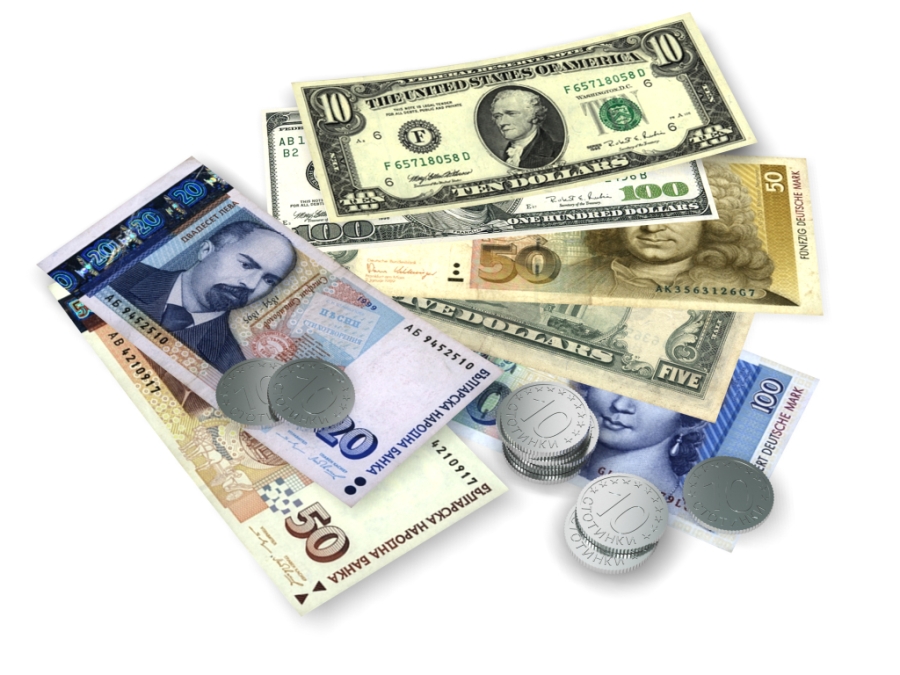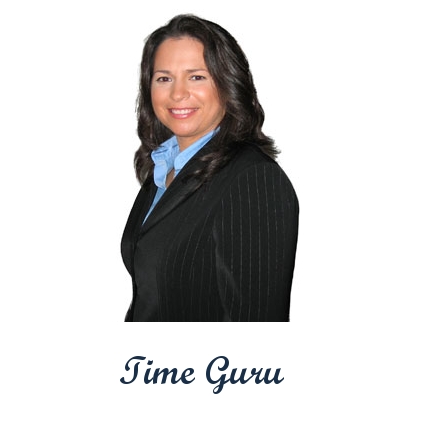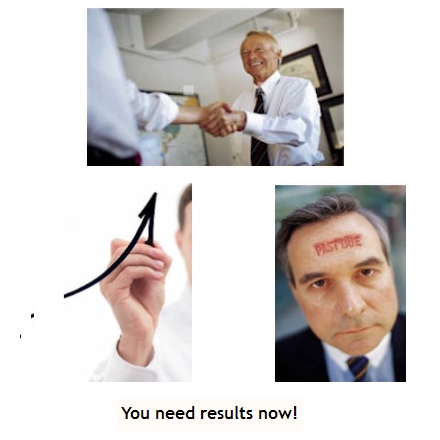Forex basics

Foreign exchange market
Overview-
What is Foreign Exchange?
A Short History of the Foreign Exchange Trading Market
Trading Margin FX
Margin FX
Summary
What is Foreign Exchange?
"Foreign Exchange" is the simultaneous buying of one currency and selling of another. Currencies are traded in pairs, for example Euro/US Dollar (EUR/USD) or US Dollar/Japanese Yen (USD/JPY).
There are two main reasons to buy and sell currencies. About 5% of daily turnover is from companies and governments that buy or sell products and services in a foreign country or must convert profits
made in foreign currencies into their domestic currency. The other 95% is trading for speculation.
Foreign exchange consists of trading one type of currency for another. Unlike other financial markets, the Forex market has no physical location and no central exchange. It exists purely based on speculation.
It operates "over the counter" through a global network of banks, corporations and individuals trading one currency for another. There is always a profit potential irrespective of the rise or fall of any
currency. A fall in one currency means a rise in the other.
For speculators, the best trading opportunities are with the most commonly traded (and therefore most liquid) currencies, called "the Majors". Today, more than 85% of all daily transactions involve trading
of the Majors, which include the US Dollar, Japanese Yen, Euro, British Pound, Swiss Franc, Canadian Dollar and Australian Dollar.
The FX market is world's largest financial market, operating 24 hours a day with over $3.2 trillion worth of foreign currency trading on a daily basis. The Forex market was launched three decades ago and as
on date, is the biggest liquid financial market dealing more than 100 hundred times of stocks dealt in the New York stock exchange. The major advantage of currency exchange market is the high level of
liquidity. This comes from the big financial institutions and governments taking part in the trading. In this sector, profit depends on the currency conversion rates. The change and the fluctuation is frequent and rapid in the
currency exchange market, one has to closely watch the currency conversion rates and trade at the appropriate time to make profit.
Unlike any other financial market, investors can respond to currency fluctuations caused by economic, political and social events at the time they occur, without having to wait for exchanges to open.
Access to modern news services, charting services, 24- hour dealing desks and sophisticated online electronic trading platforms has seen speculation in the FX market explode, particularly for the
individual trader. The trade is carried out using telephone or internet. No matter what size, all the transactions are completed within seconds, thanks to the technology.
The currency markets are not new. They've been around for as long as banks have been doing business. What is relatively new is the accessibility of these markets to the individual speculator, particularly
the small- to medium-sized trader. The major currency exchange trading centers are Sydney, London, Tokyo, New York and Frank Furt. Foreign exchange market is active 24 hours on all working days.
Short history of Forex trading market
Foreign exchange markets originally developed to facilitate cross border trade conducted in different currencies by governments, companies and individuals. The market primarily existed to provide for the international movement of money and capital;However, even the earliest markets had speculators.
Traditionally, retail investors' only means of gaining access to the foreign exchange market was through banks that transacted in large amounts of currencies for commercial and investment purposes. Trading volume has increased rapidly over time, especially after exchange rates were allowed to float freely in 1971.
Between 1944 - 1971, most of the world's currencies were pegged to the US dollar under “the Bretton Woods Agreement”. Participating countries agreed to try and maintain the value of their currency with a narrow margin against the US dollar and a corresponding rate of gold, as needed. These countries were prohibited from devaluing their currencies to gain a foreign trade advantage. Consequently, the foreign exchange market was relatively static during this period.
Understanding Forex Quotes
Reading a foreign exchange quote may seem a bit confusing at first. However, it's really quite simple if you remember two things:
1) The first currency listed is the base currency and
2) the value of the base currency is always 1.
The US dollar is the centerpiece of the Forex market and is normally considered the 'base' currency for quotes. In the "Majors", this includes USD/JPY, USD/CHF and USD/CAD. For these currencies and
many others, quotes are expressed as a unit of $1 USD per the second currency quoted in the pair. For example, a quote of USD/JPY 120.01 means that one U.S. dollar is equal to 120.01 Japanese yen.
When the U.S. dollar is the base unit and a currency quote goes up, it means the U.S. dollar has appreciated in value and the other currency has weakened. If the USD/JPY quote we previously mentioned
increases to 123.01, the dollar is stronger because it will now buy more yen than before. The three exceptions to this rule are the British pound (GBP), the Australian dollar (AUD) and the Euro (EUR). In
these cases, you might see a quote such as GBP/USD 1.4366, meaning that one British pound equals 1.4366 U.S. dollars. In these three currency pairs, the U.S. dollar is not the base rate and a rising quote
means a weakening dollar, as it now takes more U.S. dollars to equal one pound, euro or Australian dollar.
In other words, if a currency quote goes higher, that increases the value of the base currency. A lower quote means the base currency is weakening.
Currency pairs that do not involve the U.S. dollar are
called cross currencies, but the premise is the same. For example, a quote of EUR/JPY 127.95 signifies thatone Euro is equal to 127.95 Japanese yen.
Factors affecting the market
Currency prices are affected by a variety of economic and political conditions, most importantly interest rates, inflation and political stability.
Governments sometimes participate in the Forex market to
influence the value of their currencies, either by flooding the market with their domestic currency in an attempt to lower the price, or conversely buying in order to raise the price. This is known as
Central Bank intervention.
Any of these factors, as well as large market orders, can cause volatility in currency prices. However, the size and volume of the Forex market makes it impossible for any one
entity to "drive" the market for any length of time.
Fundamental vs. Technical Analysis
Currency traders make decisions using both technical factors and economic fundamentals. Technical traders use charts, trend lines, support and resistance levels, and numerous patterns and mathematical
analysis to identify trading opportunities.
Fundamentalists predict price movements by interpreting a wide variety of economic information, including news, government-issued indicators and reports, and
even rumor.
The most dramatic price movements however, occur when unexpected events happen. The event can range from a Central Bank raising domestic interest rates to the outcome of a political election or
even an act of war. Nonetheless, more often it is the expectations surrounding an event that drives the market rather than the event itself.
Next: Forex Basics: Summary, terms and definitions







